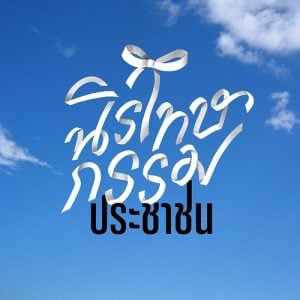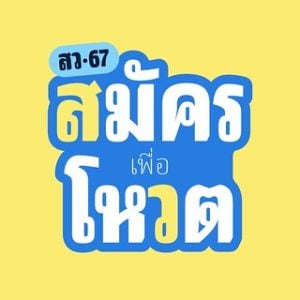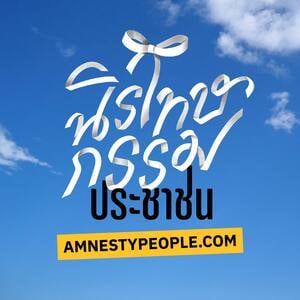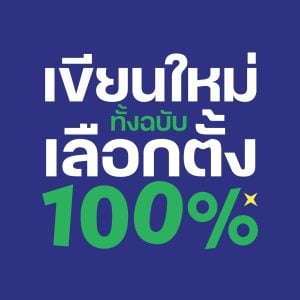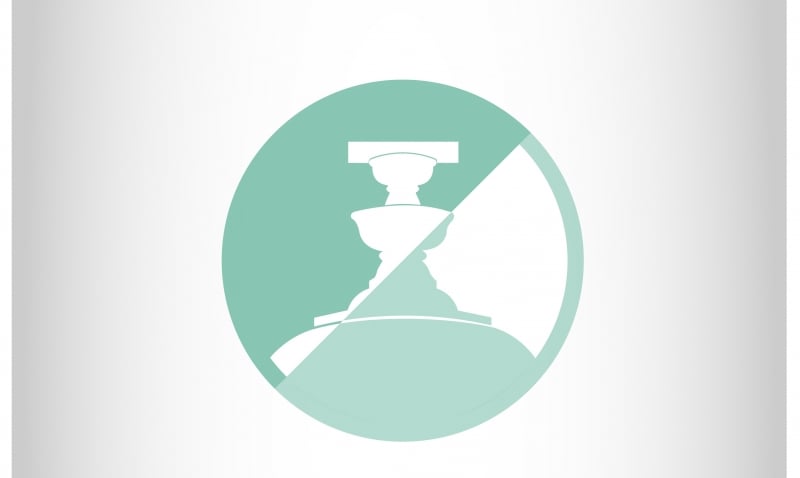
The referendum which took place on 7 August 2016 has passed with the majority of those who casting their votes in favour of the draft constitution, drafted by the Constitution Drafting Committee (CDC) as well as for the additional question proposed by the National Reform Steering Assembly and the National Legislative Assembly (NLA). The next step in the process will thus entail changing the constitution to accord with the additional question, with a further 90 days before the constitution will come into law.
Continued observation of the whole process for organising this referendum, has revealed many problems and obstacles, which were deliberately created by the government and negatively affected voters from expressing their views or receiving adequate information. This means that the referendum cannot be taken as showing that the people have supported either the draft constitution or the additional question, as is shown below:
1. Section 61, paragraph 2, of the Referendum Act was invoked and an Election Commmittee regulation was created to list the restrictions and ways in which people could express their views in the 2016 referendum with a potential sentence of up to 10 years in prison. The way in which they could not express their views were very unclear using terms such as “aggressive, rude, inciting or threatening”. This meant that people being unclear as to the extent they could express their views.
2. State officials on all sides continuously referred to Section 61, para 2, in order to threaten the public and prevent people from expressing their views. With at least 19 cases of public activities centred on discussion of the constitution being prohibited. At least 39 people who were seeking to express their opinion of the draft constitution were arrested and charged, thereby creating an atmosphere where it felt unsafe to criticise and creating a widespread and farreaching climate of fear in the period before the referendum.
3. The referendum process took place under other laws such as NCPO order no 3/2558 prohibiting political gatherings of more than 5 people, the NCPO announcement no 97/2557 and 103/2557 regarding news reporting, the Public Assembly Act, Section 116 of the Criminal Code regarding incitement, coupled with a judicial process where the military can be involved in arrest and interrogation, as well as the use of military courts for civilian trials. Under this process at least 142 people have been arrested and brought to trial on various charges for organising activities related to the referendum process.
4. The majority of the people were unable to gain access to the draft constitution before the vote, as although the Election Commission (ECT) announced that they would print 1,000,000 copies and send them to government departments and educational establishments, but not to the houses of the 50 million people eligible to vote. The latter would instead receive a 6 pages leaflet with edited key points of the draft consitution. However, right up to polling day reports from many households indicated they had not even received this information.
5. While the people were prevented from expressing views opposing the draft constitution, the government used all means at its disposal such as the Volunteer Defence Corps, volunteer speakers to propagate the draft constitution, the programme “7th August a referendum for unity”, VDO clips of the benefits of the draft, various applications promoting the benefits of the draft constituion. Furthermore, the leaflets sent to households and brochures given out by the NCPO, were full of falsehoods which were not in the draft constitution, additional information which included opinions and the omission of many important clauses which were a subject of controversy.
6. “The additional question” took four lines to express and was difficult to understand for those members of the public who were not regular followers of politics. Unimportant phrases which aimed to encourage acceptance of the question were included such as “in order that reform of the country can continue unimpeded” which avoiding important facts such as giving power to the senate by using words such as “the joint assembly of the parliament” without pointing out that the first senators will come from appointment by the NCPO.
7. Promotion of the referendum was not comprehensive and widespread. From surveys we carried out approximately one month before the referendum day, we found that 70.25% of those surveyed did not know the correct date of the referendum, 50% did not know that the referendum was about the draft constitution and 92.41% did not know what the additional question was.
8. Promotion of the right to vote outside one’s own district was not comprehensive and widespread. This meant that many members of the public missed the opportunity to register to vote outside their district and thus were unable to vote. At the same time, Thai citizens living abroad were not allowed to vote, even though this had been the case in the past. This meant that Thais outside the kingdom were excluded from participating in the decision-making process on this occasion.
9. A large proportion of the public felt that this referendum was unfair both in terms of having legitimacy to draft a constitution, the background of the constitution drafting committee and the process of preventing the public from expressing their views before the referendum. As a result, groups such as the Democracy Power Party or the Daodin students group, or prominent individuals such as Sulak Srivaraksa and Tomorn Sukpreecha refused to participate in the process or vote at all. Another example was the citizen from Nonthaburi who announced “If we have no right to be involved in the draft, then I don’t want the right to participate”.
10. Before voting in the referendum, the public could more or less see that if the draft constitution and the additional question went through, what the direction of Thai politics might be. However, the NCPO government deliberately failed to make clear what would happen if the draft constitution and the additional question were rejected, how a new constitution would be drafted or when elections would take place. Furthermore, Meechai Ruchupan, the president of the drafting committee, once, had threatened that if the referendum rejected this draft, the people might be confronted with an even harsher one. This meant that voters felt they had no choice at all as they were unsure of the future if they voted against it.
The reasons given above show the problems and obstacles associated with the referendum of 7 August 2016 and how these problems affected decision of the people and impacted on the vote throughout the country.
Nevertheless, as the majority have voted in favour, notwithstanding the fact that their decision was based on inadequate or false information, or not having a real choice, or for whatever reason, the majority decision has meaning and must be respected. The referendum process has passed with the majority supporting the draft constitution and the additional question.
From the reasons given, despite the draft constitution having passed, the government cannot use the process and the result of the referendum as demonstrating legitimacy of the drafting process and support for their continued use of power in arbitrary ways. Whether the introduction into law of this draft constitution in the future will be fair or not depends on the process being open and transparent, on the public being able to participate in all stages. The government must listen to opinions that differ from their own and include these into decision making. The implementation of the constitution must go to a direction to promote the rights and freedoms of the people. It must not seek to destroy the political opposition, nor seek to install the undue power of certain groups, but rather it must aim to return democracy to the people as soon as possible.
RELATED POSTS
No related posts

